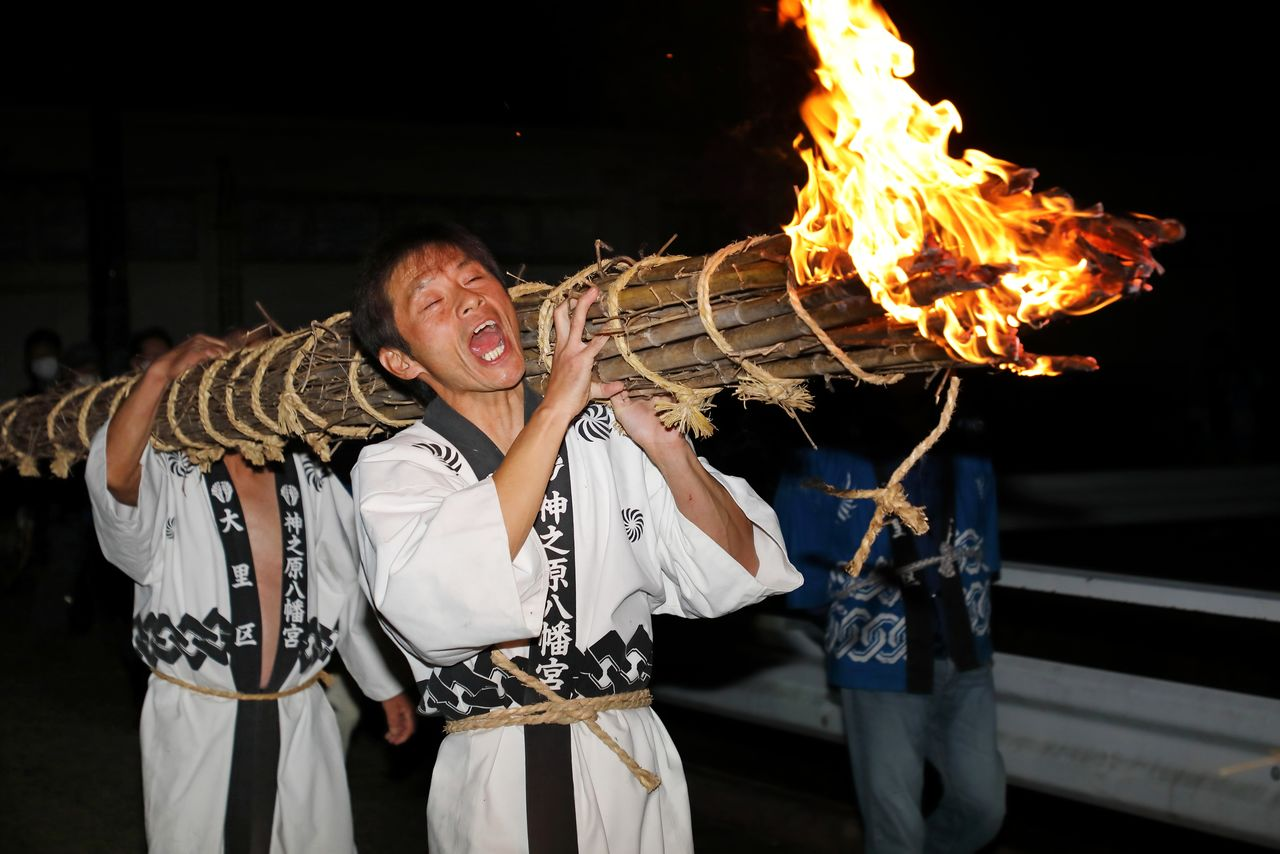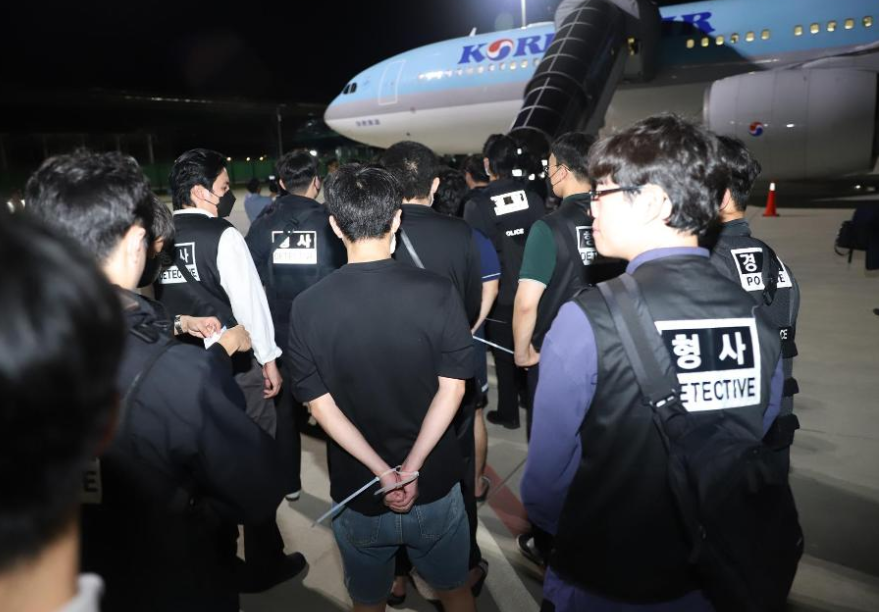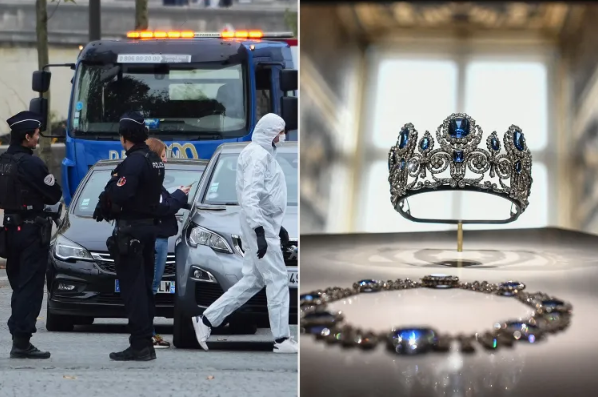
A fierce battle unfolded according to a predetermined script
All of these “battles” dedicated to the gods are spectacular. If they were just ordinary performances, some of them might have been stopped due to danger, but as traditional rituals, they are cherished and passed down to this day.
These combat-oriented traditional activities can be categorized into several types: “battles” for “good fortune,” “contests” where victory is used to predict agricultural and fishery harvests, and “fights” where floats or portable shrines collide head-on. In some “fighting” rituals, the lavish floats are smashed to pieces and then set on fire, further highlighting the impermanence of these rituals.
The “Attack and Defense” style requires pre-arranged teams, with the attackers and defenders engaged in a fierce battle according to a pre-determined plot. The outcome is largely predetermined. Because the attack and defense proceed as planned, injuries are rare, and the cheering spectators, while worried about the participants, feel strangely reassured. This article introduces a representative “Attack and Defense” style of activity in Japan.
Nagano “Dozu Shinto Festival”
(Nozawa Onsen Village, January 13-15)
Nozawa Onsen Village in northern Shinshu is the only village in Japan named after a hot spring. With 13 public baths, it boasts a rich history as a hot spring resort. Despite a population of less than 4,000, its high-quality powder snow attracts nearly 140,000 skiers in winter. During the peak season, on January 15th (the first month of the lunar calendar), the area hosts the Dosojin Matsuri, a seemingly unrelated hot spring resort event known as “Japan’s most dangerous.”
Daozujin was originally worshipped at village boundaries, road intersections, and mountaintops to pray for protection from disaster. Later, it found its way into ordinary homes, where people offered it to pray for children, safe births, and the healthy growth of their children. In Nozawa Onsen Village, the couple’s Daozujin can be seen everywhere, not only along roadsides but also in front of shops, inns, and restaurants.
A typical activity of the Kosho-tsukuni is the burning of New Year decorations, the first calligraphy of the new year, amulets from the previous year, and other items that have completed their usefulness. This is sometimes called “Dondo-yaki” or “Sagi-cho” in some areas. In eastern Japan, some areas hold festivals dedicated to the god Doso. Nozawa Onsen Village is famous for its fierce torch battles.
On January 13th, the first day of the event, sacred trees and other timber were brought from the mountains. From the early morning of the 14th to the daytime of the 15th, a massive temple over ten meters high was constructed to serve as the battleground. Using ancient techniques, without a single nail or rivet, the workers quietly erected the timber throughout the night.
Nine-meter-tall wooden lanterns were placed on both sides of the temple, adding color to the event. According to local tradition, families who had their firstborn child the previous year would offer a “first lantern” to pray for the child’s healthy growth.
At the start of the event, pilgrims, children, and adults alike, threw fire at the imposing temple, attempting to ignite it. A group of 42-year-old men, aged 42 and under, guarded the roof, while a group of 25-year-old young men stood guard at the main entrance. (The Japanese believe that men aged 25, 42, and 61 are considered unlucky, known as “Tai Sui” or “unlucky years.”) The young guards knocked down the attacking torches, and cheers of “Come on, come on!” echoed throughout the crowd, encouraging them.
After about an hour and a half, the battle concluded, and the fire at the temple gradually grew larger. After a ceasefire, the main shrine, along with the Hatsu lanterns, collapsed in flames. Locals believe that the raging fire wards off bad luck, and both sides celebrated the successful conclusion of the event. The next day, villagers took the ashes home as a blessing against fire.
Saga “Tori-Omi Festival”
(Imari City, the day before the first rabbit day of December)
In Niri-machi, Imari City, in western Saga Prefecture, the “Tori-Oi Matsuri” (Torii Matsuri) ritual, held in December, features a fierce battle of torches. Residents near Kanbaru Hachimangu Shrine divide into two groups, with the older ones acting as defenders and the younger ones as attackers. They engage in a fierce “battle” for the new rice balls offered to the gods. It’s said that “Tori-Oi Matsuri” originated about 700 years ago when military commanders defeated in the Nanboku-cho War practiced fire drills in hopes of a comeback, and later evolved into a traditional custom praying for a good harvest.
On the day of the event, local men kneaded 833 rice balls from glutinous rice into offerings to the gods. At night, the defending team placed the rice balls in bamboo baskets called “tebo” and carried them to Hachimangu Shrine, guarded by torches. The attackers followed closely behind, constantly provoking them.
Upon entering the shrine grounds, the attackers douse themselves with clean water, and the battle begins. “Come on if you dare!” “Attack with fire!” Amidst the cries of challenge, torches thump against the ground, sending sparks flying. Amidst this blazing fire, the two sides scramble for the rice balls. It’s said that shaking the bamboo baskets vigorously during the fierce battle increases the spiritual power of the spirits within the rice grains. After about 15 minutes of struggle, the young man finally secures the rice balls and emerges victorious. As a lucky charm, the rice balls are distributed among the local residents, who share them and pray for health and longevity.
Aihime “Imade O-Shrine”
(Matsuyama City, October 7)
The Matsuyama Autumn Festival, held in Matsuyama City, the seat of Ehime Prefecture, is known for its rugged and unrestrained nature, a truly unique local tradition. Locals carry portable shrines, colliding with each other or throwing them into the river to pray for a bountiful harvest. In particular, at the Imaide Grand Mikoshi ceremony in Nishigaki-no-Machi, in the southwestern part of the city, the fiery men of the fishing towns, divided into a group of middle-aged men known as “kamochi” and a group of young men known as “wakashu,” engage in fierce battles to attack and defend the mikoshi.
The stage is set at Mishima Daimyo Shrine and Sumiyoshi Shrine in the area. A small celebration, called “Yogu,” takes place in the evening before the event. Two large portable shrines are carried from Mishima Daimyo Shrine and paraded through the shrine grounds. The older group carries the oldest portable shrine, while the younger group carries the previous year’s portable shrine. Severely damaged portable shrines require repair or a new one, so preparations begin six months in advance.
The two portable shrines, which departed Mishima Daimyojinja Shrine on the morning of the event, were then paraded through the streets for ten hours. As they reached the front doors of houses, the shrines began to shake violently, charging menacingly towards the entrances. Even when damage was done to houses, residents considered it a sign of good fortune left by the gods and generally left it alone.
At night, the mikoshi procession, with lanterns hanging at the head, sets out towards Sumiyoshi Shrine. The young men, who arrive first, wait at the torii gates, awaiting the arrival of the young men. This is followed by the climax of the ceremony, with three offensive and defensive battles.
“Everyone, pull together! Cheer up! Shout loudly!” After the team leader gave everyone a pep talk, the young men, carrying the portable shrine, launched a charge towards the torii gate. The middle-aged men, in turn, shouted, “We won’t let you enter the shrine easily!” They spread their arms to block the young men’s advance. The portable shrine was overturned, and everyone was thrown to the ground. The men’s blood boiled in that moment.
After the mikoshi landed, the attack and defense switched sides. This time, the young men carried the mikoshi and launched an all-out attack on the torii gate. The defending young men desperately tried to push the mikoshi down. After two rounds of fierce fighting, regardless of whether they attacked first or second, the mikoshi was pushed down once.
Entering the third round, the ready-made seniors shouted “Come on!”, welcoming the attack of the young team’s portable shrine. Finally, the young team carried the portable shrine through the torii gate, and the winner was decided. Through this fierce battle, the seniors conveyed their wish to “entrust the future” to the young team. At this moment, the ritual was complete, the wish conveyed, and both young and old beamed with joy. This ritual brings people together, and this tradition will continue next year.




